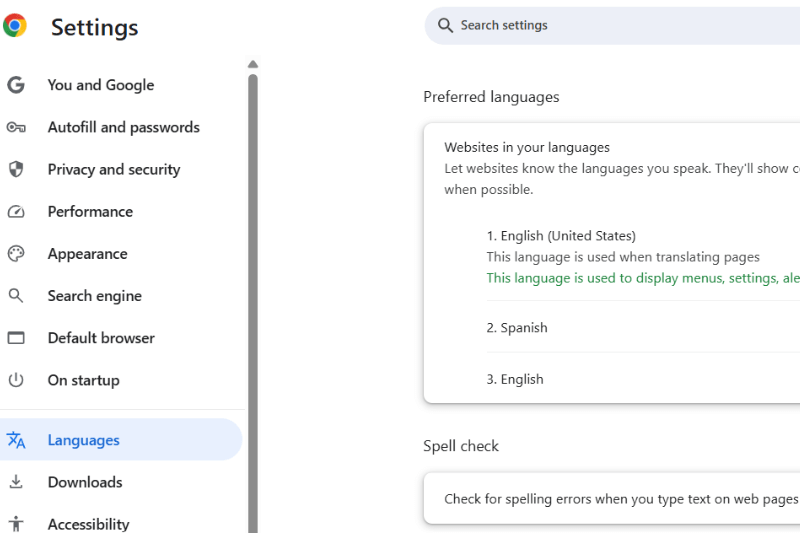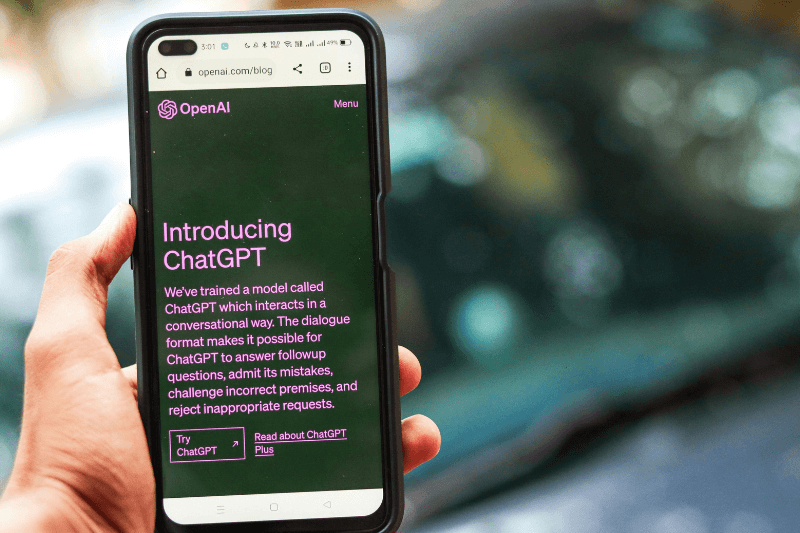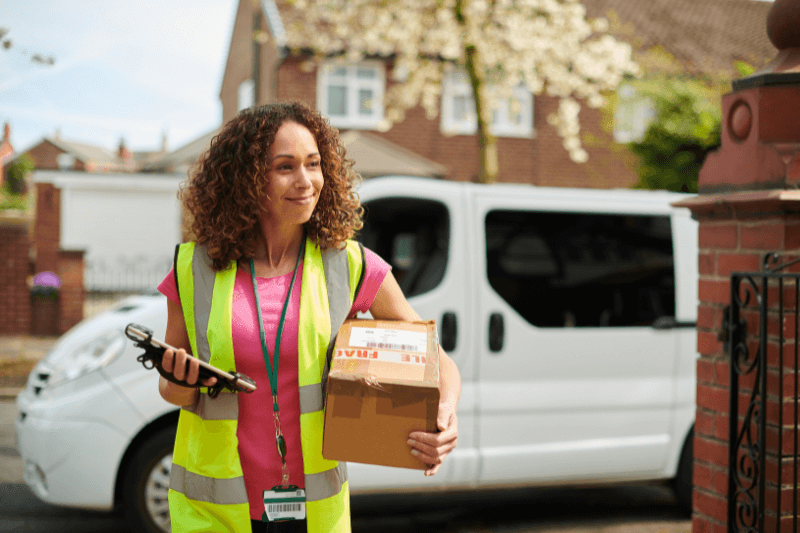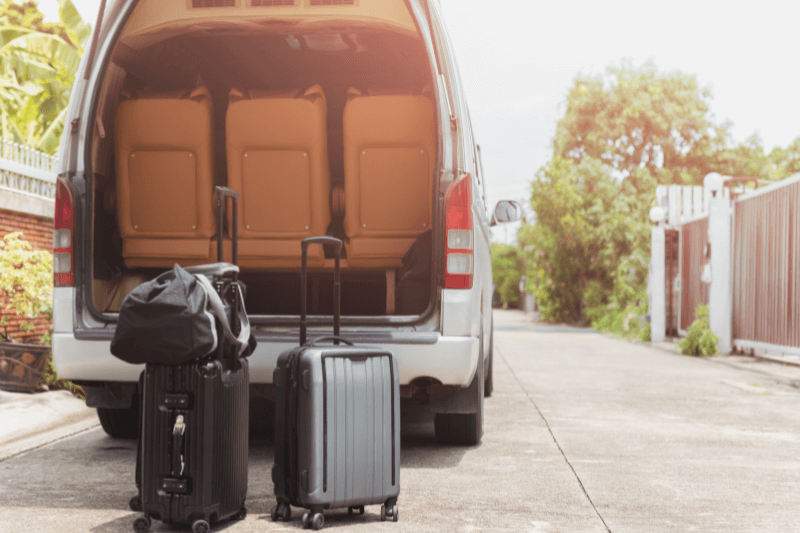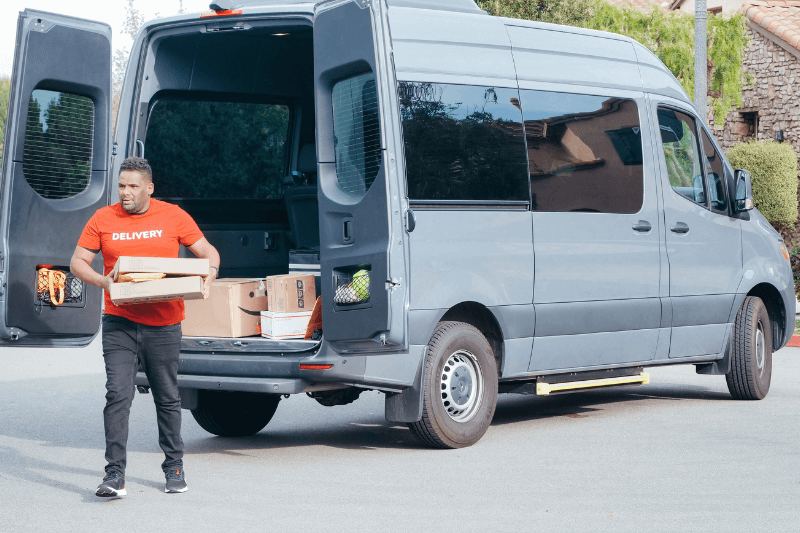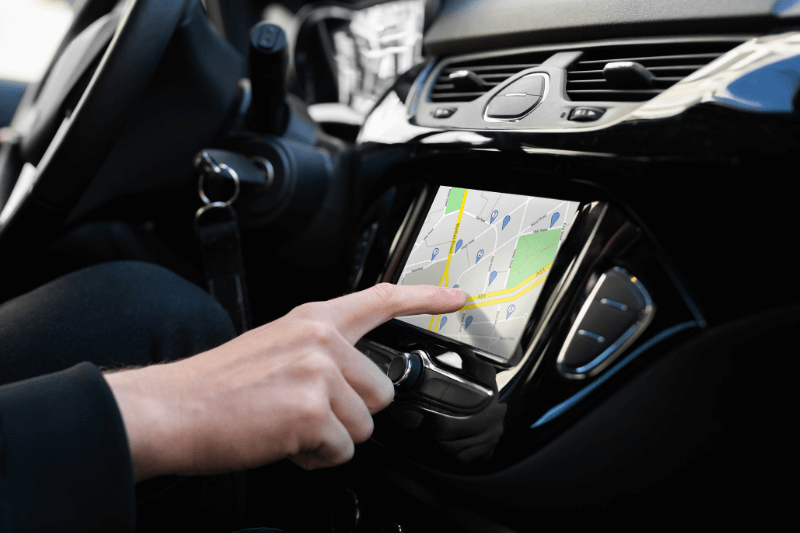How to Start Your Own Delivery Business
September 30, 2021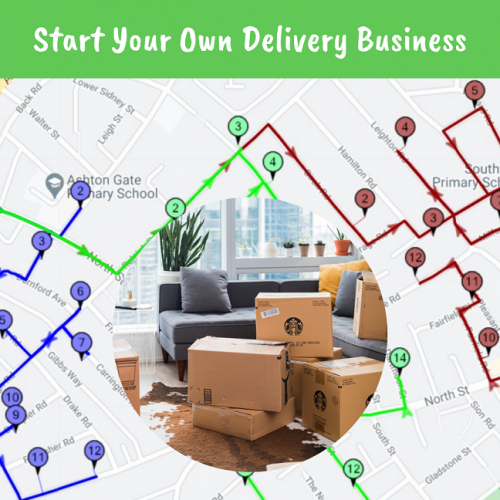
Delivery businesses could hardly keep up with demand when the COVID-19 pandemic started, and this trend is set to continue as more people become comfortable with ordering online. In 2021, Statista estimates over 2.14 billion people worldwide are expected to buy goods and services online, up from 1.66 billion global digital buyers in 2016.
You might find starting a delivery business is faster and easier than many other types of startups. So, it’s a great time to take advantage of this opportunity. Use our checklist to get started.
Step 1: Develop a Business Plan
Start by creating a business plan like any other business. You can write a business plan yourself or hire a professional. As part of this plan, you’ll calculate your basic financial information, including your expenses and anticipated income. Consider the costs associated with facilities (either rented or your own home), assets (vehicles, computers, technology, etc.), insurance (vehicle and business), and business software (financial, route planning, etc.). If you need to secure financing, this information will be essential to working with lenders.
Step 2: Acquire Assets and Equipment
The biggest asset—and expense—with a delivery business will be the vehicle(s). While the most common ones are trucks and vans, urban areas may require bicycles or motorcycles that can maneuver better in busy business districts. You’ll also need basic administrative equipment—a computer or tablet, financial software, routing software, a mobile phone, office supplies, insurance etc. Remember that some types of software, like MyRouteOnline online routing software, can make a delivery route more efficient—and profitable.
Step 3: Hire Help
Most delivery businesses start out with just the owner as the first and only employee. But that can change. If you need to hire help, consider the costs associated with employees—wages, taxes and insurance, for example. You may also need other professional help on a contract basis. For example, you may enlist the services of a bookkeeper or tax professional if those aren’t your skills.
Step 4: Determine Storage Needs
Your office or storage space needs are dependent on the type of delivery route business business you’re starting. Some routes require storing packages for a short period of time. If you’re starting out small, your own home or garage may suffice for now. Determine what will meet your needs and how you may need to scale over time.
Step 5: Register Your Business
Your business will need to be registered with the appropriate local and state agencies. This may also include setting up a legal structure, like a limited liability company (LLC), and obtaining a business permit. You’ll also need a federal tax ID number. You can do this yourself or hire an expert.
Step 6: Market Your Company
If you’re working as an independent contractor for a national business (Amazon, FedEx, Pepperidge Farm, etc.), often marketing materials are included. If you’re establishing yourself as a general delivery company, make sure you have the print and online marketing materials to reach potential customers. Consider multiple advertising resources: radio, newspapers, flyers, websites, social media, business cards, networking groups, Craigslist, etc.
Starting a delivery business can be a profitable venture that gives you the freedom that comes with owning your own company. Best of all, your success is in your own hands.
